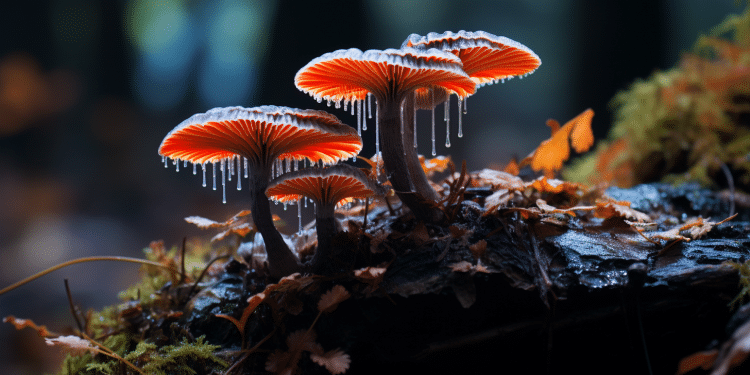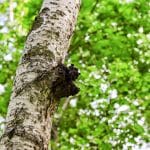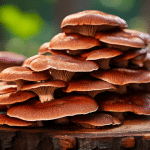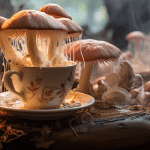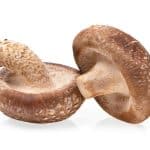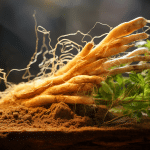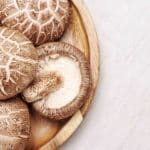Is there a false turkey tail mushroom? Yes, there is such a thing as a false turkey tail mushroom. This type of mushroom is actually a variety of the oyster mushroom, and it shares many characteristics with its edible counterpart. The main difference between the two is that the false turkey tail mushroom has a white or pale yellowish cap, while the true turkey tail mushroom has a dark brown or black cap. Both types of mushroom can be found growing on trees, but the false turkey tail is more often found on dead or dying trees. Even though it is not as tasty as the true turkey tail mushroom, the false turkey tail mushroom is still edible and has some health benefits.
How Can You Spot A False Turkey Tail Mushroom?
Turkey tail mushrooms are a type of mushroom that is often used in traditional Chinese medicine. They have a wide range of purported health benefits, including boosting the immune system, preventing cancer, and fighting inflammation.
However, there are also many fake or “false” turkey tail mushrooms on the market. These mushrooms may be lower quality, adulterated with other ingredients, or even dangerous.
So, how can you spot a false turkey tail mushroom? Here are some things to look out for:
– The color of the mushroom may be off. Fake turkey tail mushrooms may be darker or lighter than genuine ones.
– The texture may be different. Real turkey tail mushrooms are typically firm and leathery, while fake ones may be softer or spongier.
– The taste may be different. Genuine turkey tail mushrooms have a earthy, slightly bitter taste, while fake ones may taste more bland or sweet.
– The price may be too good to be true. If you see turkey tail mushrooms being sold for much less than the going rate, they may be fake.
If you’re unsure about whether a turkey tail mushroom is real or fake, it’s always best to err on the side of caution and buy from a reputable source. This will help ensure that you’re getting a quality product that is safe to consume.
The scientific name for this fungus is Chlorosporastrum echinospora, which means “false turkey-tail.” It has the appearance of Trametes versicolor. They can be differentiated by the fact that T. versicolor has a lot of pores on the undersides of its fruiting body. It differs from other members of the genus Stereum in that it is distinguished by several features, including its enormous size and shell-like (not flat) form.
You can find our favorite capsules, powders, and tincture’s on the following pages of our website and learn more about each individually:
Best Turkey Tail Mushroom Supplement
Best Turkey Tail Mushroom Powder
Best Turkey Tail Mushroom Tincture
The fruiting body is large and shell-shaped, with a thin outer layer. At first, it may be rough or smooth; as time goes on, it becomes smoother. The concentric zones can be yellowish red to black in color. If the shell becomes covered in algae, it may turn green. The flesh is hard and not chewable because to its extreme thickness and lack of taste. There isn’t a stem on the fungus. The underside is smooth with no pores and ranges from white to gray or a crimson-brown hue.
Additional Resources:
How do you grow turkey tail mushroom plugs?
What is PSK in turkey tail mushrooms?
Updated 10/24/2022
